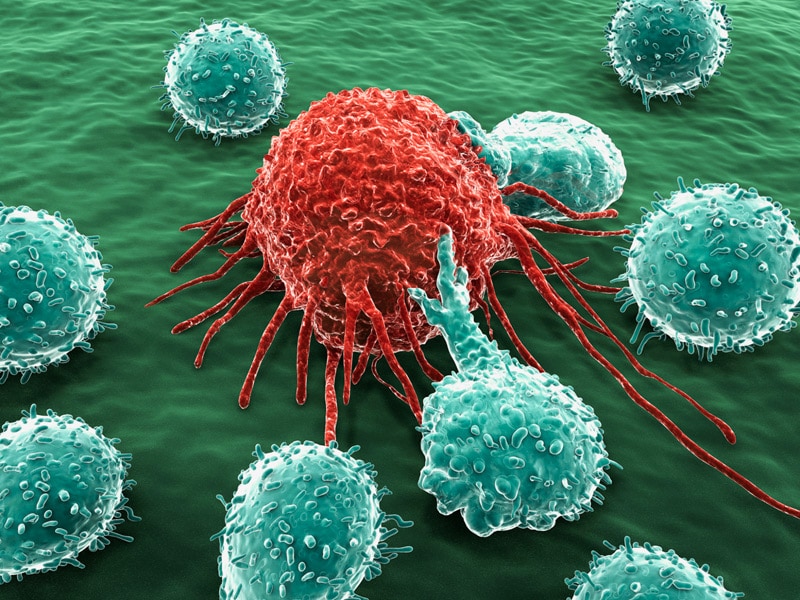
Meta-analysis of studies comparing neurocognitive performance in PBD to healthy controls ( 17) revealed moderate differences in attention measures ( d = 0.62) however, one striking finding was the substantial variability of effect sizes across studies on attentional measures (range 0.31–1.15). Furthermore, given the potential detrimental impact of attention deficits on academic and social performance of children with BD ( 12, 13), understanding the nature and magnitude of attention deficits during the euthymic phase in this population has key therapeutic implications.ĭespite such imports, unlike adult literature, uncertainty exists regarding the magnitude of attention deficits in PBD ( 14– 16). It also circumvents the methodological issue of course confounders in adult BD. Pediatric bipolar disorder (PBD) likely has stronger genetic underpinnings than adult onset BD ( 9, 11), therefore, demonstrating attention deficits in PBD, especially in the euthymic phase, can be both strategic and convincing in attesting their status as one of the potential endophenotypic markers of BD. Hence, attention deficits are considered one of the endophenotypic markers of BD ( 10). Further, naturalistic longitudinal study examining cognitive functioning in adult BD patients found that while cognitive function in BD varied significantly over time, a deficit in attention remained stable ( 5). Impairments in attention have been demonstrated across symptomatic ( 1– 3) and euthymic ( 4– 7) phases in adult bipolar disorder (BD) patients and to variable degrees, in populations at higher risk for BD ( 4, 7– 9). Such attention deficits in this comorbidity-free PBD sample further endorses its status as an endophenotypic marker of bipolar disorders and establishes continuity with deficits found in adult bipolar patients. Further, it was found that observed attention deficits were independent of residual mood symptoms, medication effect or illness characteristics. Compared to controls, PBD patients performed poorly on various tests of attention, but not on any WM tasks.

Working memory (WM), which might potentially confound with the attention task performances, was also examined. Thirty (21 boys, 9 girls) remitted PBD patients without co-morbidity and thirty age (<17 years), sex, handedness, and Full-Scale IQ matched control subjects were compared on performance on attention tasks. The main goal of the study was to examine attention deficits in a comorbidity-free sample of euthymic PBD patients. In this regard, one key unresolved question is the potential impact of attention deficit hyperactivity disorder (ADHD). However, unlike adult literature, uncertainty exists regarding the magnitude of attention deficits in PBD. Pediatric bipolar disorder (PBD) likely has stronger genetic underpinnings than adult onset BD therefore, demonstrating attention deficits in PBD can be both strategic and convincing in attesting their status as one of the potential endophenotypic markers of BD.


2Centre for Addiction and Mental Health, Department of Psychiatry, University of Toronto, Toronto, ON, Canada.1Central Institute of Psychiatry, Ranchi, India.Sinha 1, Meera Jayaswal 3 and Pushpal Desarkar 2 * Nandini Banerjee 1, Shi-Kai Liu 2, Vinod K.


 0 kommentar(er)
0 kommentar(er)
